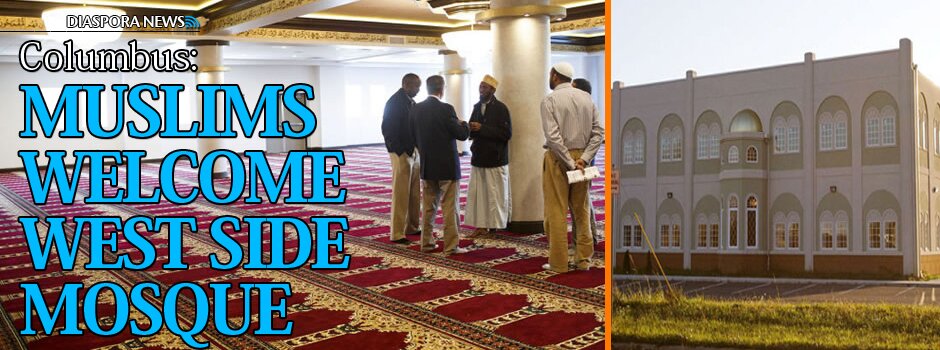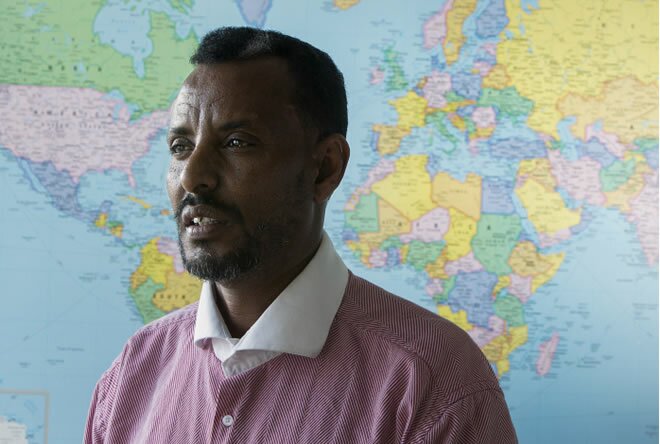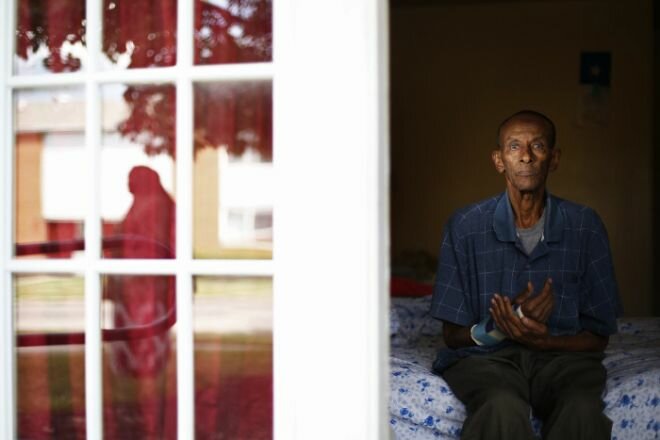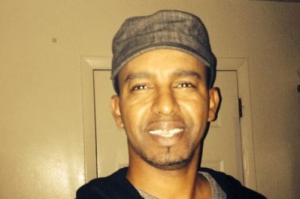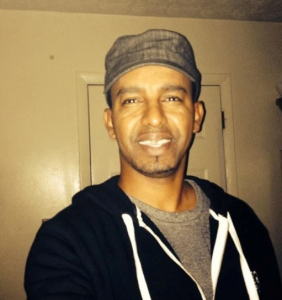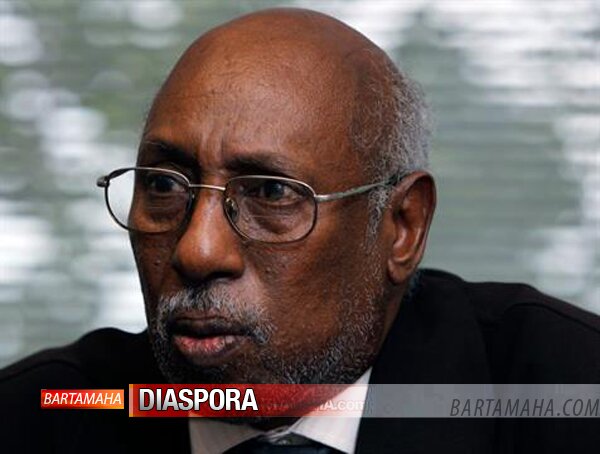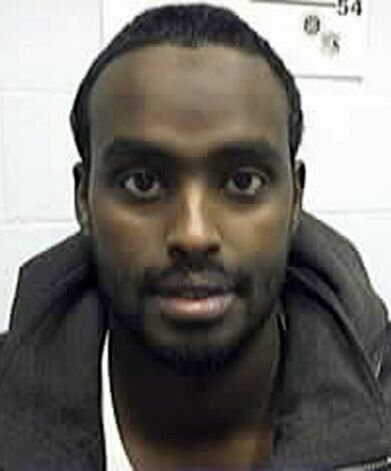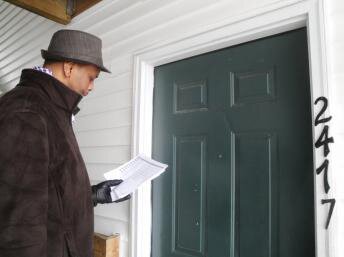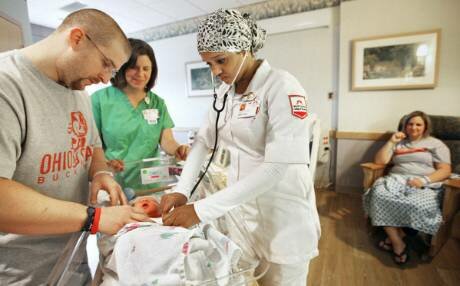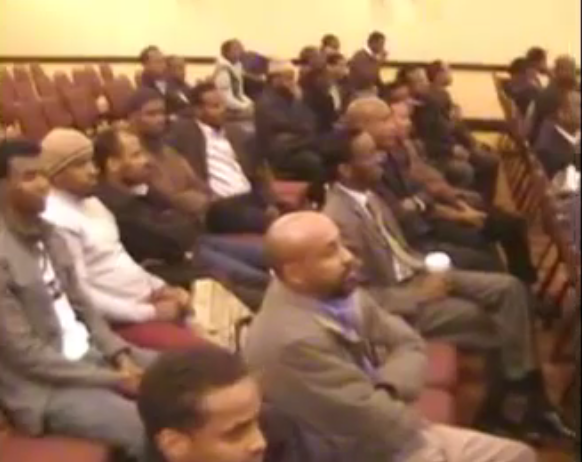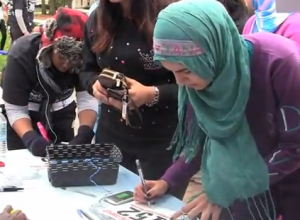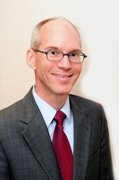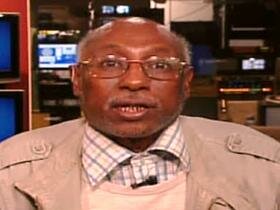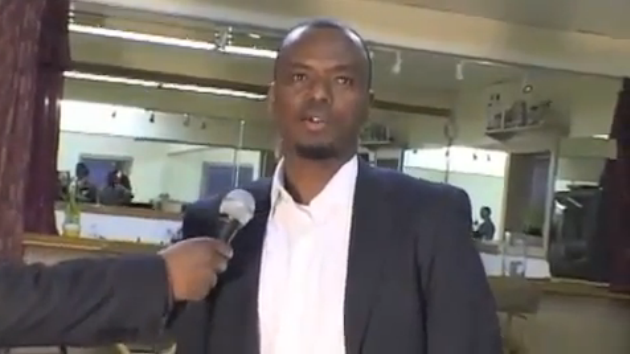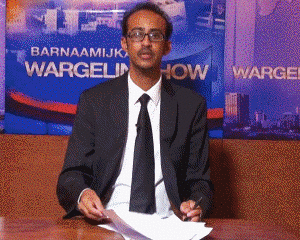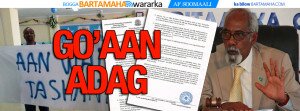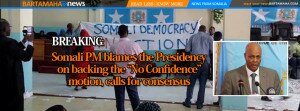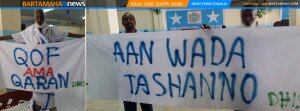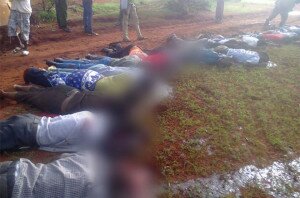Somali Day highlights multicultural affairs
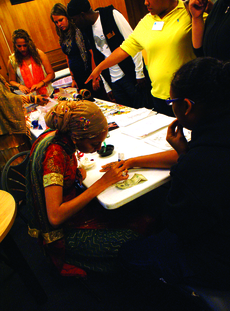 It’s all about being part of the mosaic.
It’s all about being part of the mosaic.
At the Somali Day event this past Saturday, Mohamud M. Diriye, director of the Somali Cultural and Research Center, succinctly expressed the idea behind multi-cultural connections in America. Every nationality brings a different story, and it is the diversity that brings each culture together, forming the melting pot of America, he said.
Denison closely follows this message. Erik Farley, director of the multi-cultural student affairs office, said, “By the time you leave Denison, if you don’t have the ability to interact intelligently with people from different backgrounds, we have done you a disservice.”
The office of multi-cultural students affairs, a program started 19 years ago, focuses on students being able to relate to one another and connect to form a strong community and prepare for the diverse world outside of college.
“We all have cultural baggage, biases, stereotypes and assumptions. What counts is taking an active role in dispelling these things. It’s one thing to be raised ignorant to the world. Once you become aware, it is your responsibility to seek out knowledge to correct your ideals,” Farley said.
Farley became involved with the Somali Day event when professor of sociology/anthropology Anita Waters contacted him with the idea. Inspired by a summer research project with two Denison seniors, she wanted to expand their cultural findings by sharing it with the entire Denison body.
“Somalia is one of the most tragic places on the globe right now and we should all be aware of what is going on there,” Waters said.
Her interest in the Somali population in Columbus began in 2007 when a former student studied the traditional music of Somalia as her senior project. This summer, Waters encouraged her students to pursue Somali studies as their topic.
Krista Slavicek, senior history major and sociology minor, remembers getting an e-mail from Waters regarding the topic of Somalia. A Columbus native herself, Slavicek said she was always interested in the Somali culture. While the population was not very prevalent in her suburban neighborhood, she couldn’t help noticing the Somali females in their traditional clothing when she went to Easton.
Slavicek chose to do her thesis on the acceptance of Somali immigrants in Columbus. “I’m from the suburbs, and I told people about the project, and they’re like-’oh, we have Somalis in Columbus?’ ” Slavicek said.
Slavicek taught English as a Second Language (ESL) to immigrants at the Somali Women and Children’s Alliance (SWCA), where she tutored twice a week with Waters and fellow senior researcher Sydney Camel, a black studies major. They also conducted interviews with leaders in the Somalia community.
Camel focused her research on the availability of mental health care to Somali residents in Columbus.
“In their culture they don’t really acknowledge mental health problems, and they feel that it’s something that should be dealt with within their community or within their family group,” Camel said.
Slavicek found a lack of communication and understanding also effects Columbus residents’ reactions to the immigrants.
“What I found is people are either very accepting or they’re just more ambivalent. There were very few people who were hostile, I’d say,” Slavicek said. “And that’s because they were ignorant.”
Farley addresses the importance of understanding each other’s cultures, in a way that could avoid the misunderstandings that both students found in their research.
“I’m finding ways for students to connect. First students must explore their own identity, who they are, what they have to offer. Then they can work on developing meaningful relationships with people,” Farley said.
Waters found great enthusiasm in Saturday’s event. She said that while she kept reassuring the vendors they would sell their products, they weren’t worried at all, for they were enjoying sharing their culture with the students.
“I want to keep the culture alive. Most of the time it’s to preserve it for the future of our kids,” Diriye said. Former director of the national museum in Somalia, Diriye now has around 2,000 Somali artifacts on display in his center. He often takes artifacts to schools in Columbus, sharing their history with the students.
Waters said she hopes that students will start going to the Global Mall to shop and have a chance to interact with Somali immigrants. She is already planning the second annual Somali Day next year.
Along with the promoted interaction with Somali people, Slavicek believes both sides can learn from one another. From her research project, she came to realize that each side has different stories to offer and must work together to form a community that is welcoming towards immigrants.
“Hopefully it will promote cross-cultural exchange,” Slavicek said.
____
Source: Denisonian
Comments
comments
 Calendar
Calendar





